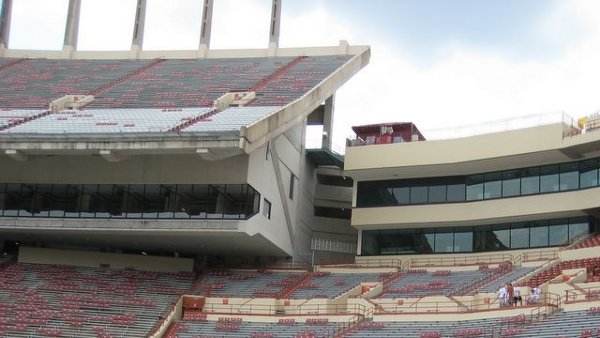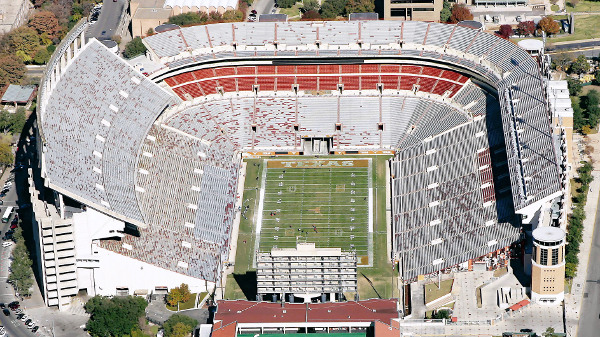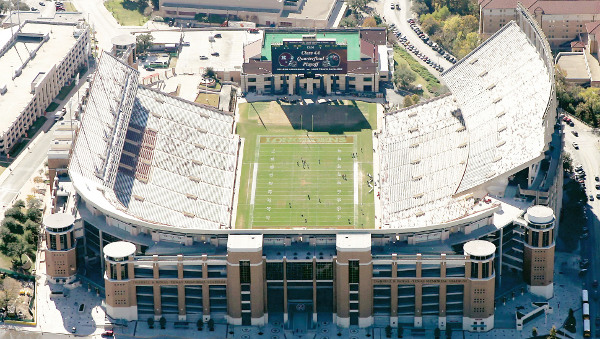Benefits of Precast Concrete |
Welcome to Lowe Precast, Inc. |
||
Control and QualityPrecast concrete products are produced in a controlled environment, providing high quality and uniformity. Variables affecting the quality of end products e.g. temperature, humidity, craftsmanship - can be nearly eliminated. SustainabilityPrecast Concrete production minimally disrupts the job site (Area and Time) and reduces damage to drainage paths and natural habitats. EconomyDue to the repetitive process of precast concrete, the initial cost is lower, as is low maintenance cost. Longevity of precast structures and its resistance to both everyday and extreme events are also advantages of precast concrete. Design FlexibilityUnlike Steel Construction and cast-in-place concrete, architectural precast concrete offers limitless potential for the development and manipulation of massing, form, color, texture and details.


|
Lowe Precast, Inc is a leading precast company located at the heart of Texas - Waco, Texas, providing architectural and structural products to all major markets in Texas from Dallas to Corpus Christi and from Galveston to Lubbock. Lowe Precast, Inc is a PCI (Precast/Prestressed Concrete Institute) certified precast plant in architectural and structural categories to satisfy a wide variety of client needs with better quality. This flexibility, along with an in-house engineering staff, provides one stop shopping for the design, engineering, production and erection of precast structures; thereby improving communication and coordination with owners and general contractors.
|
||








